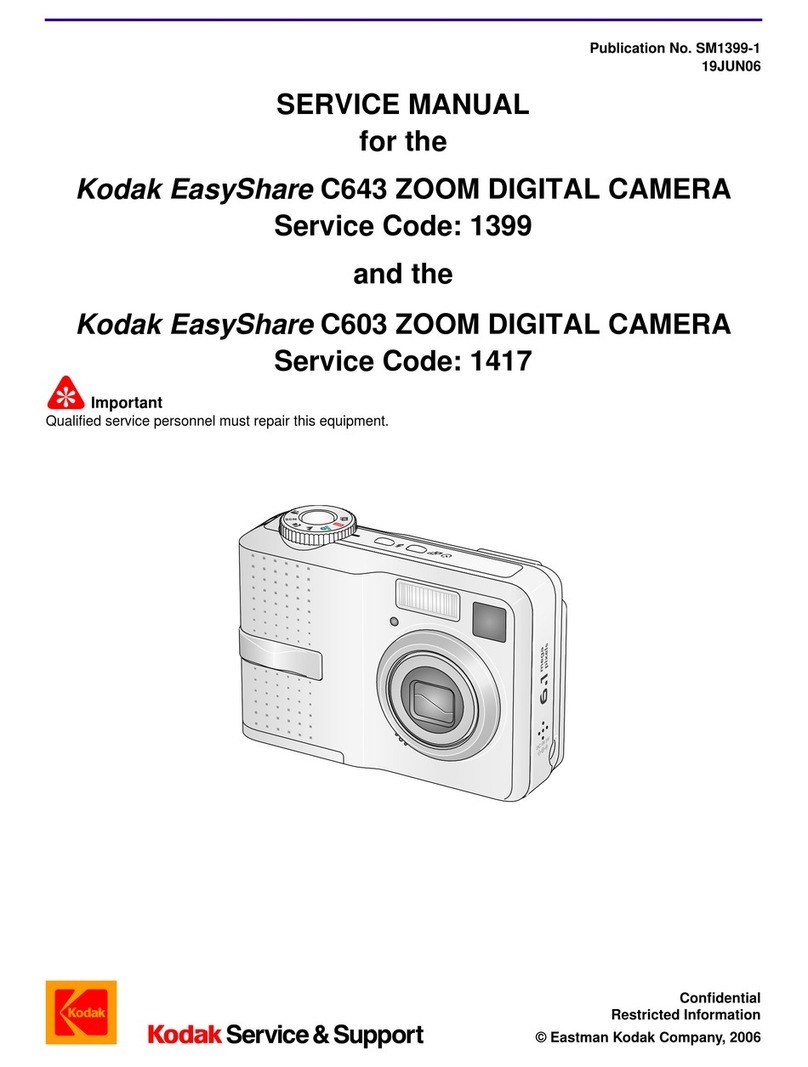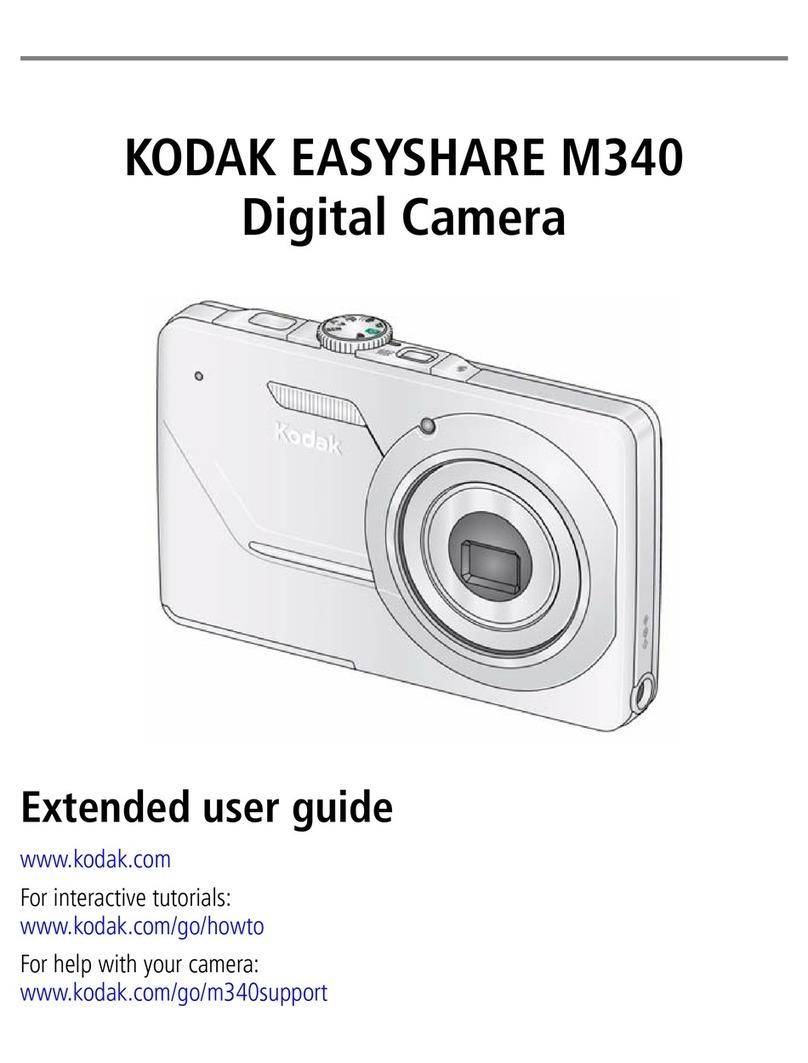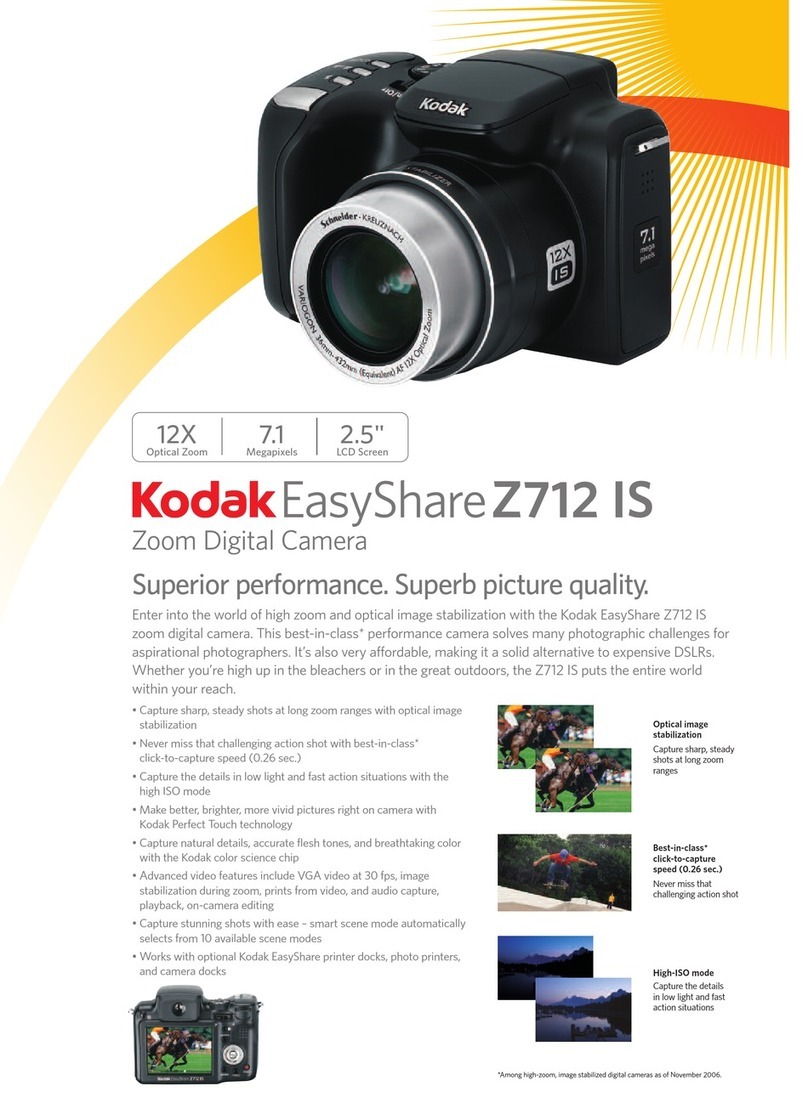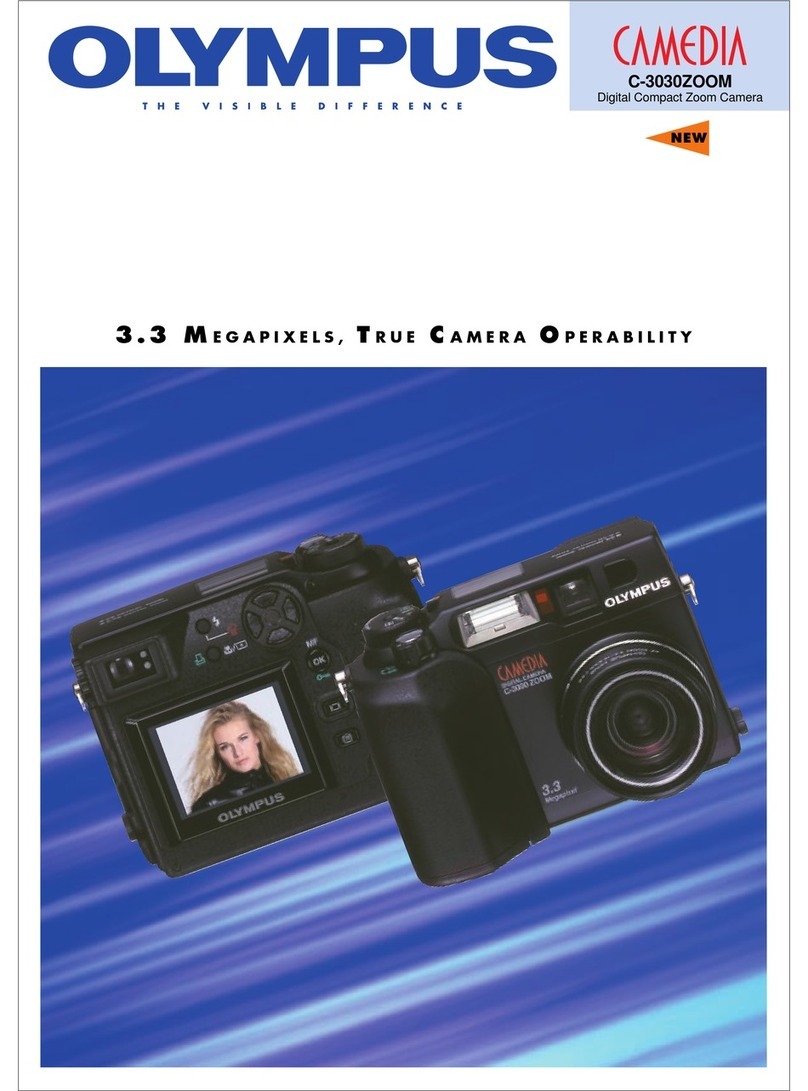Kodak RETINA IIIC User manual
Other Kodak Digital Camera manuals
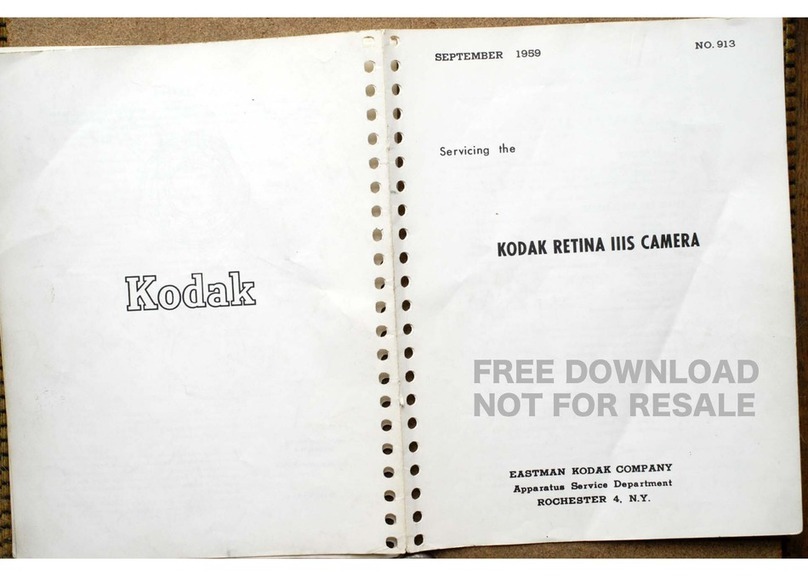
Kodak
Kodak Retina IIIS User guide

Kodak
Kodak V1003 - EASYSHARE Digital Camera User manual
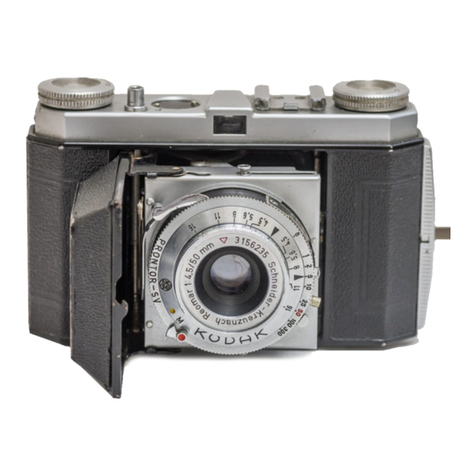
Kodak
Kodak Retinette User manual

Kodak
Kodak LS743 - EASYSHARE Digital Camera User manual
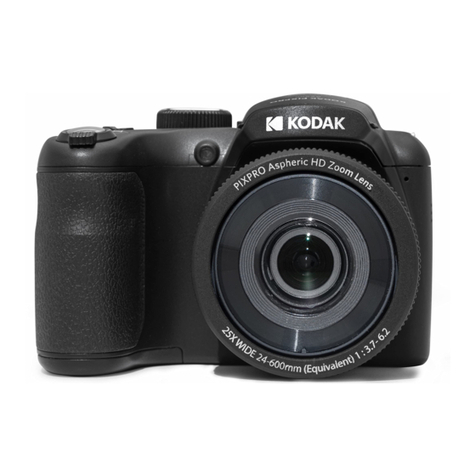
Kodak
Kodak PIXPRO AZ255 User manual

Kodak
Kodak PIXPRO AZ527 User manual

Kodak
Kodak pixpro s-1 User manual

Kodak
Kodak LS755 - Easyshare Zoom Digital Camera User manual
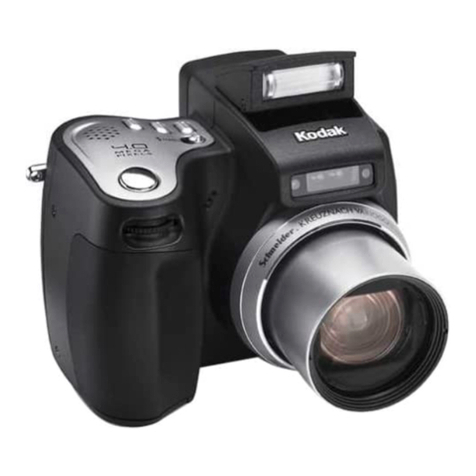
Kodak
Kodak Easy Share DX6490 Operator's manual
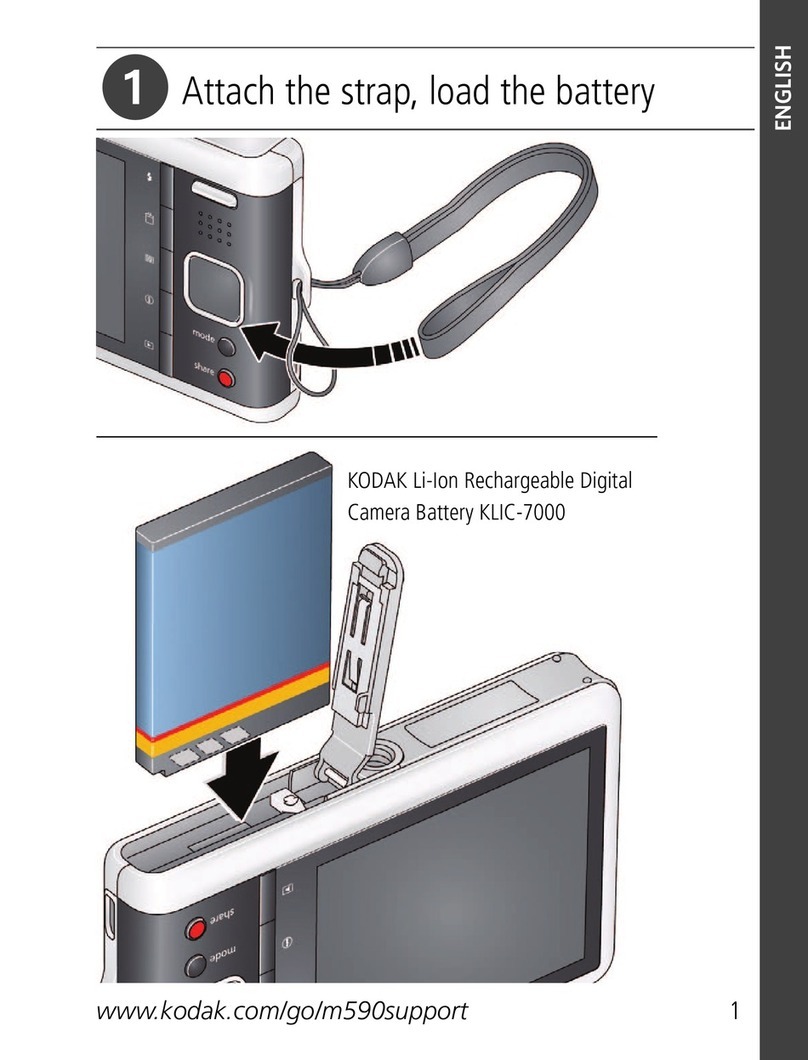
Kodak
Kodak EASYSHARE M590 User manual
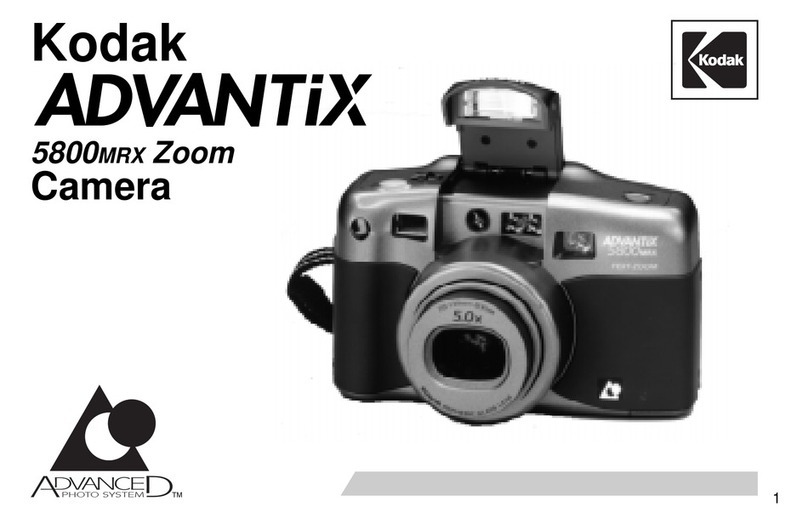
Kodak
Kodak Advantix 5800 MRX Zoom User manual
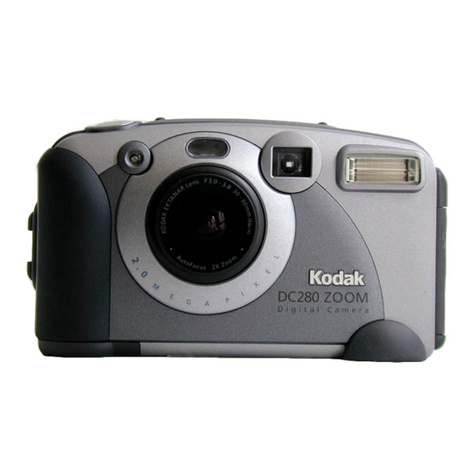
Kodak
Kodak DC280 User manual

Kodak
Kodak P712 - Easyshare 7.1MP Digital Camera User manual

Kodak
Kodak DCS System 100 User manual
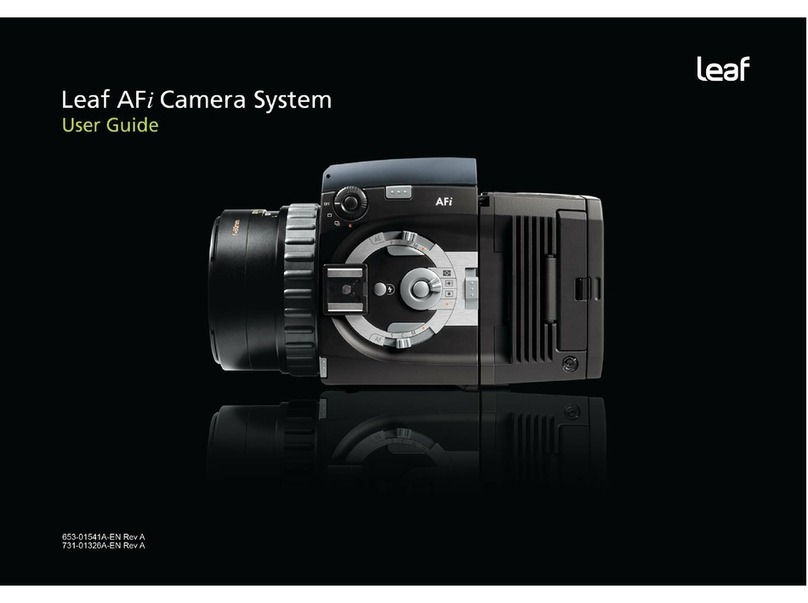
Kodak
Kodak AFi 10 User manual
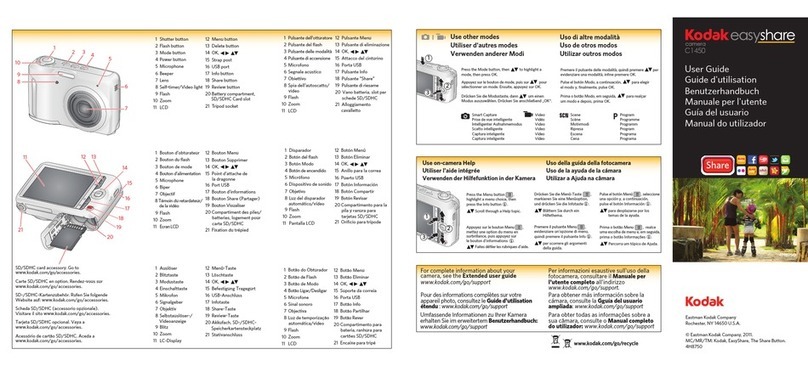
Kodak
Kodak EASYSHARE C1450 User manual

Kodak
Kodak EASYSHARE DX3900 User manual
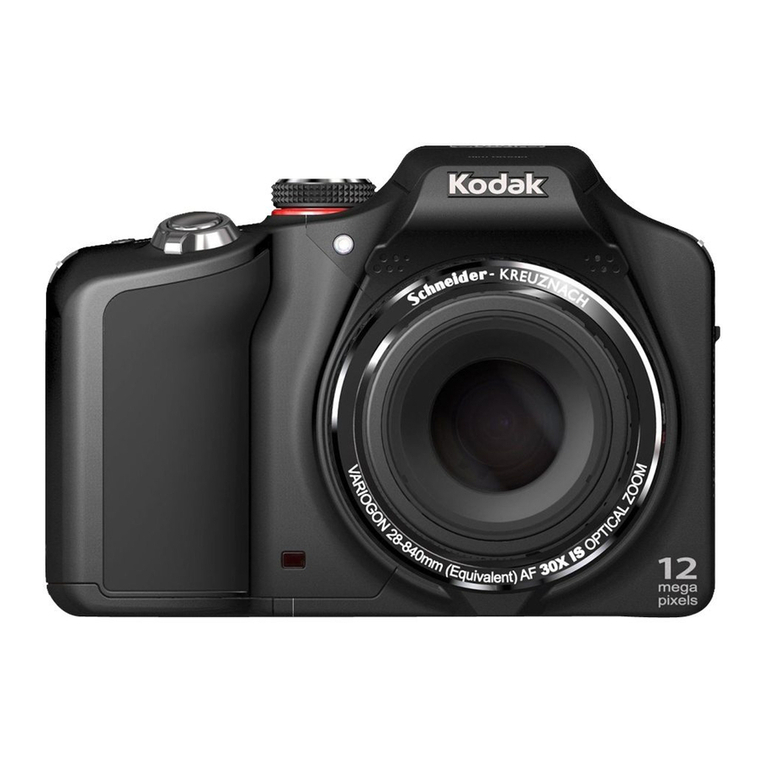
Kodak
Kodak EASYSHARE MAX Z990 Service manual
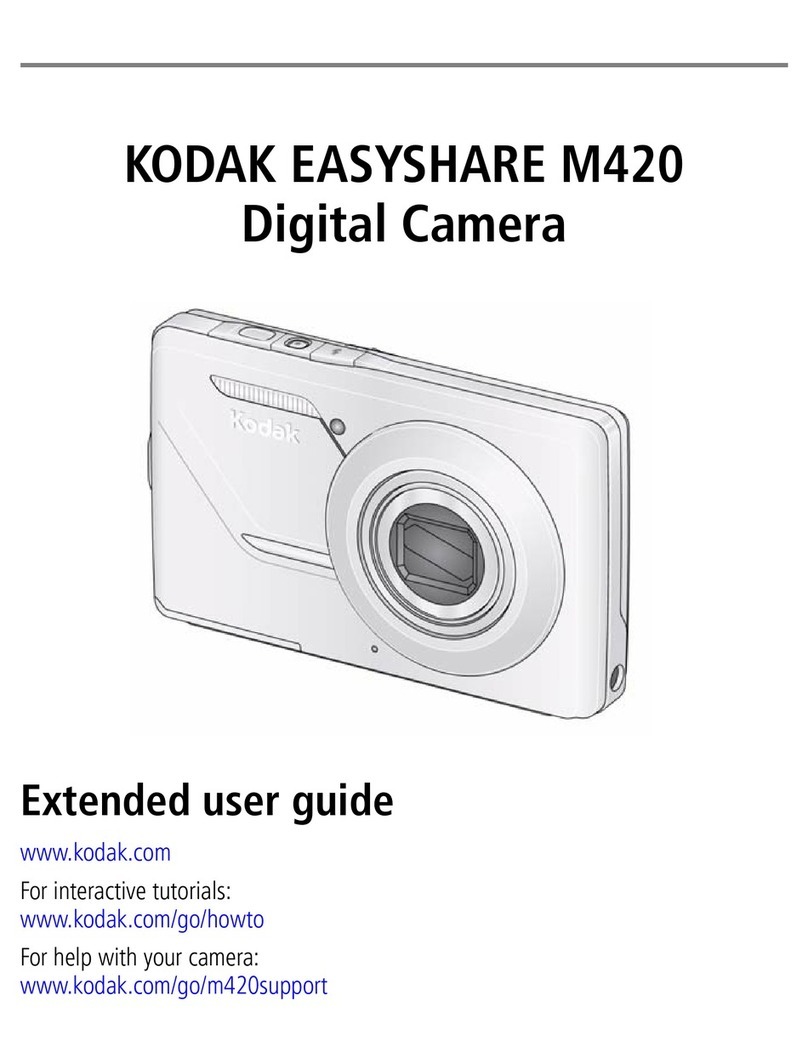
Kodak
Kodak M420 - EasyShare 10MP 4x Optical/5x Digital Zoom HD... Service manual

Kodak
Kodak Retinette Operating instructions
